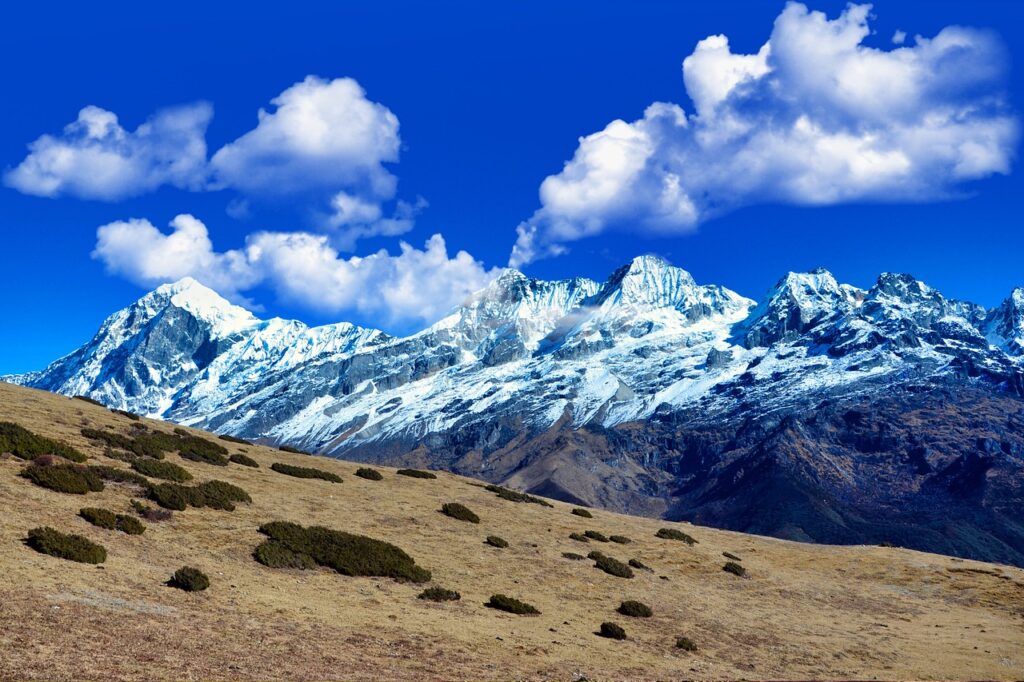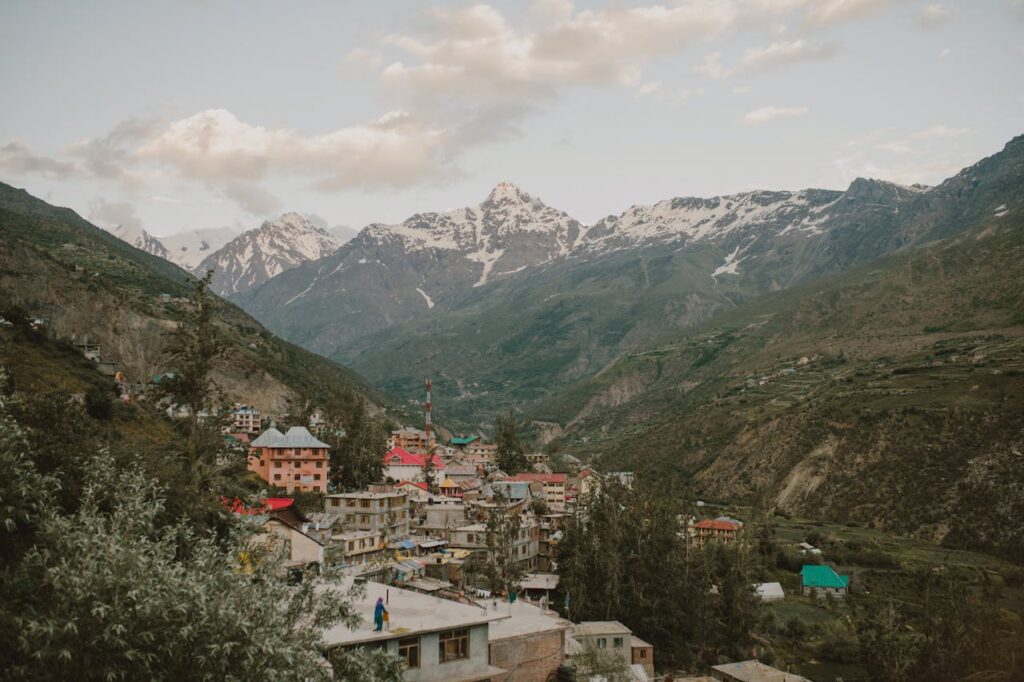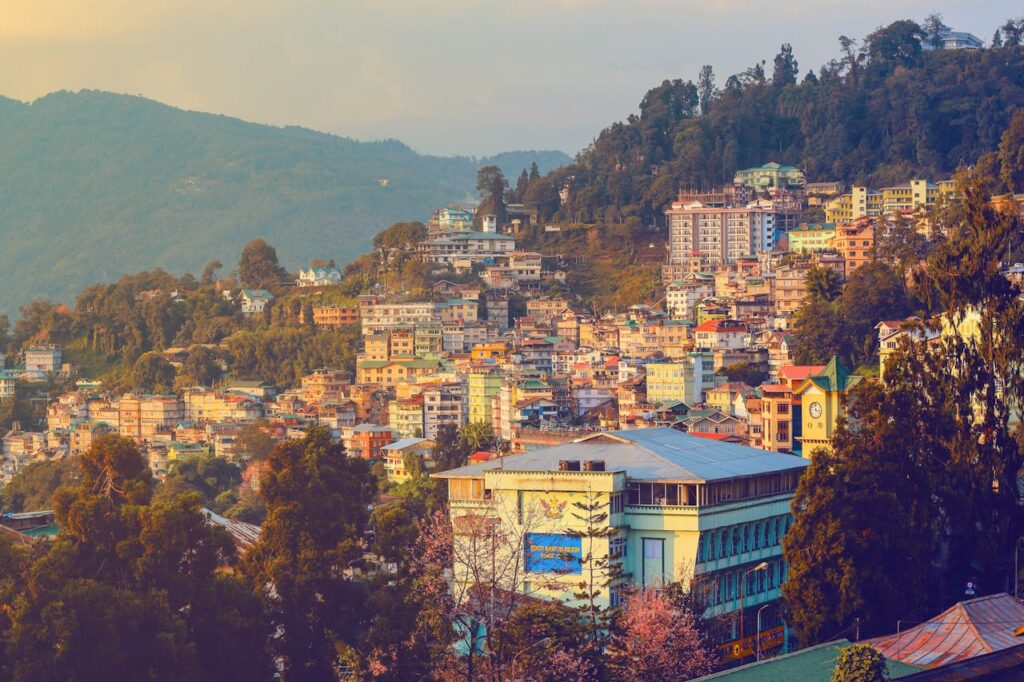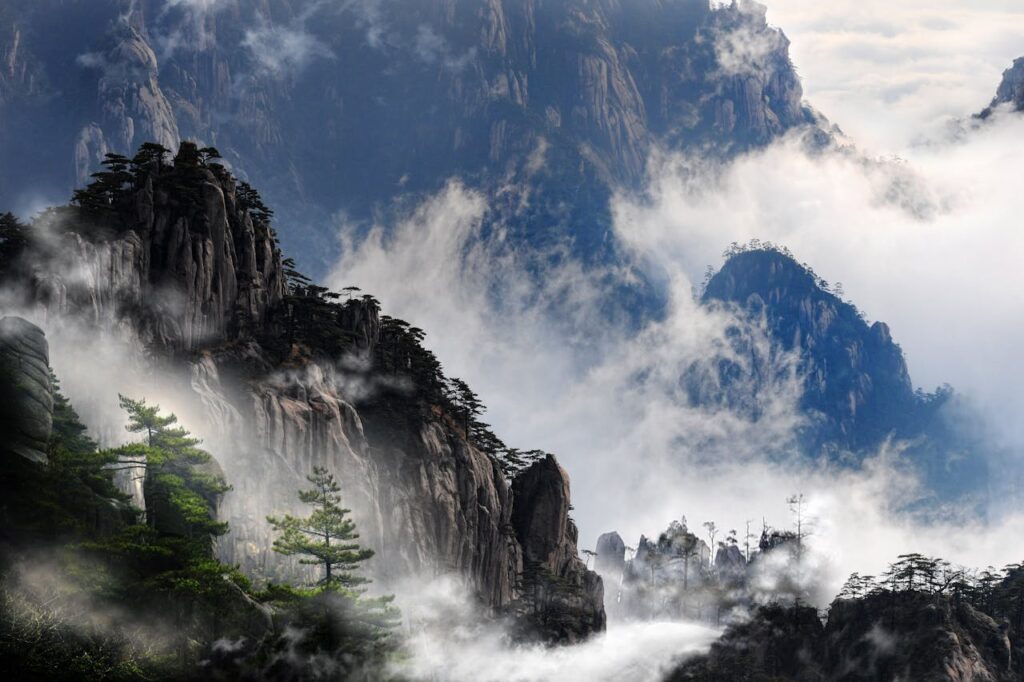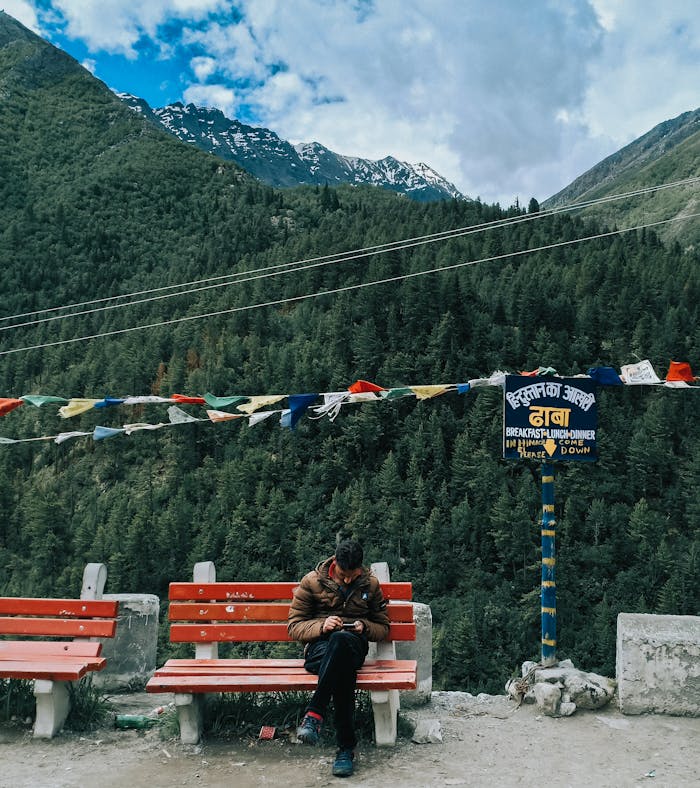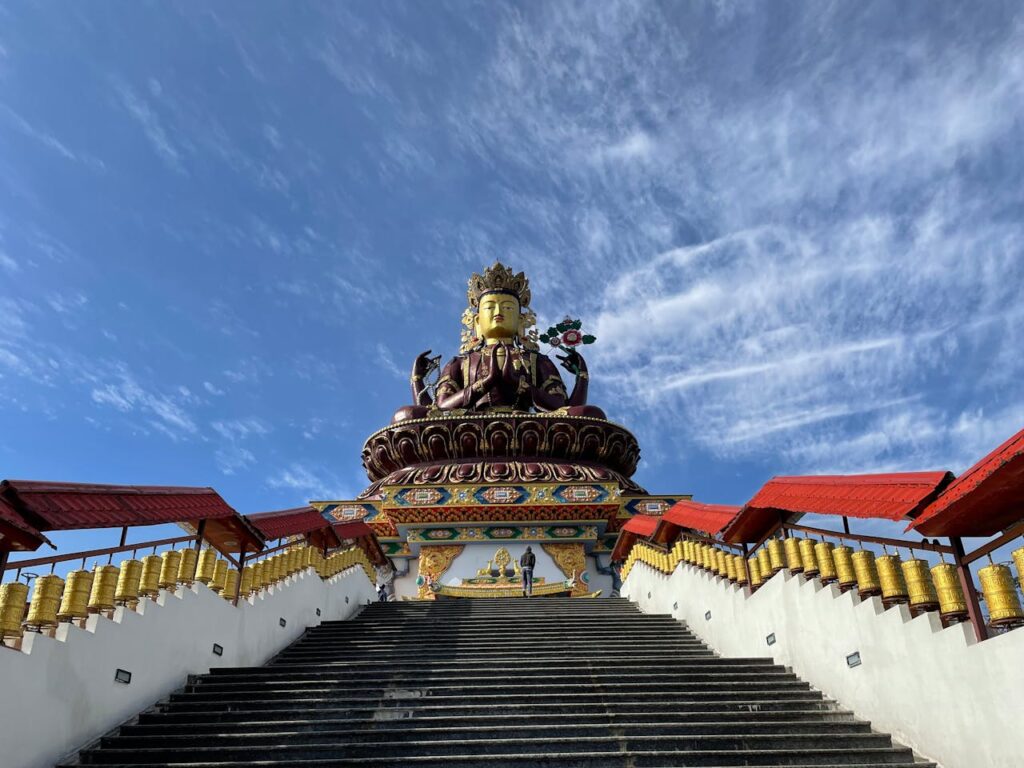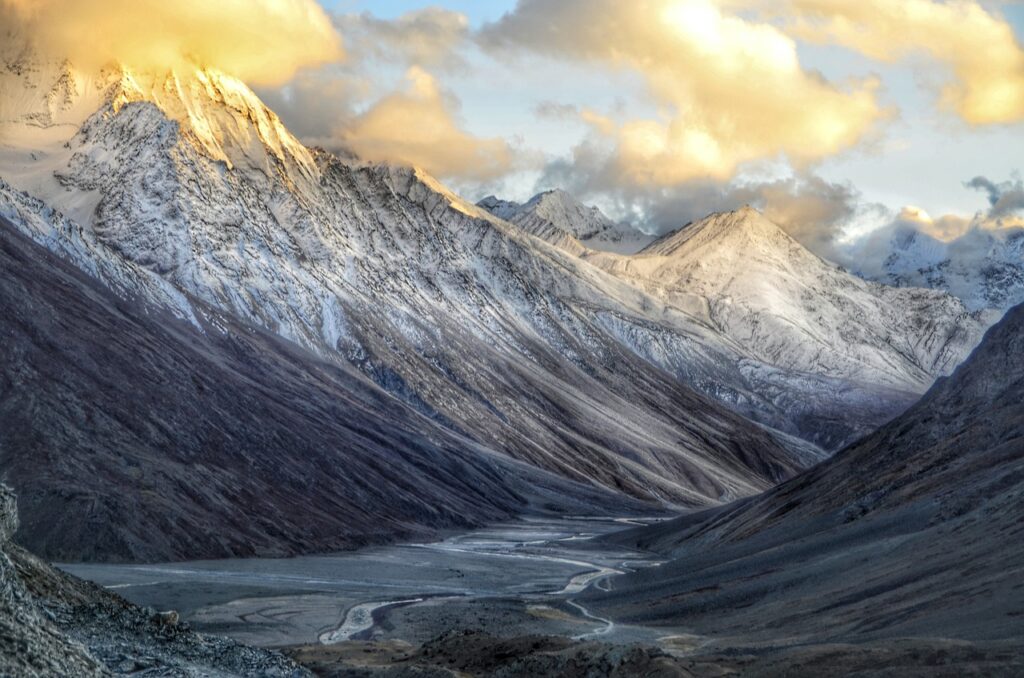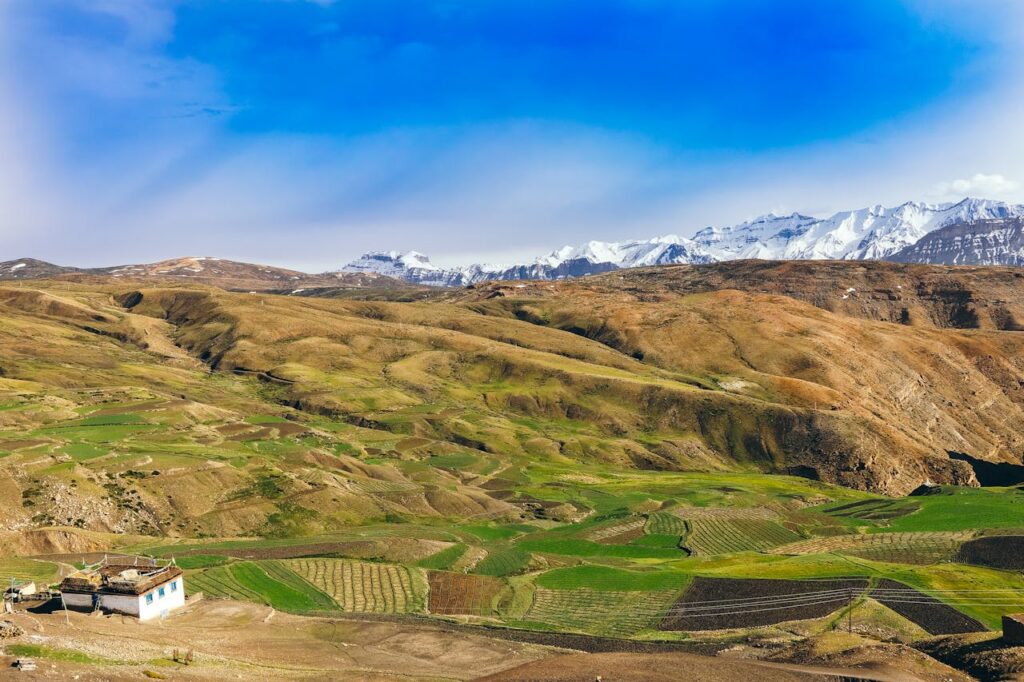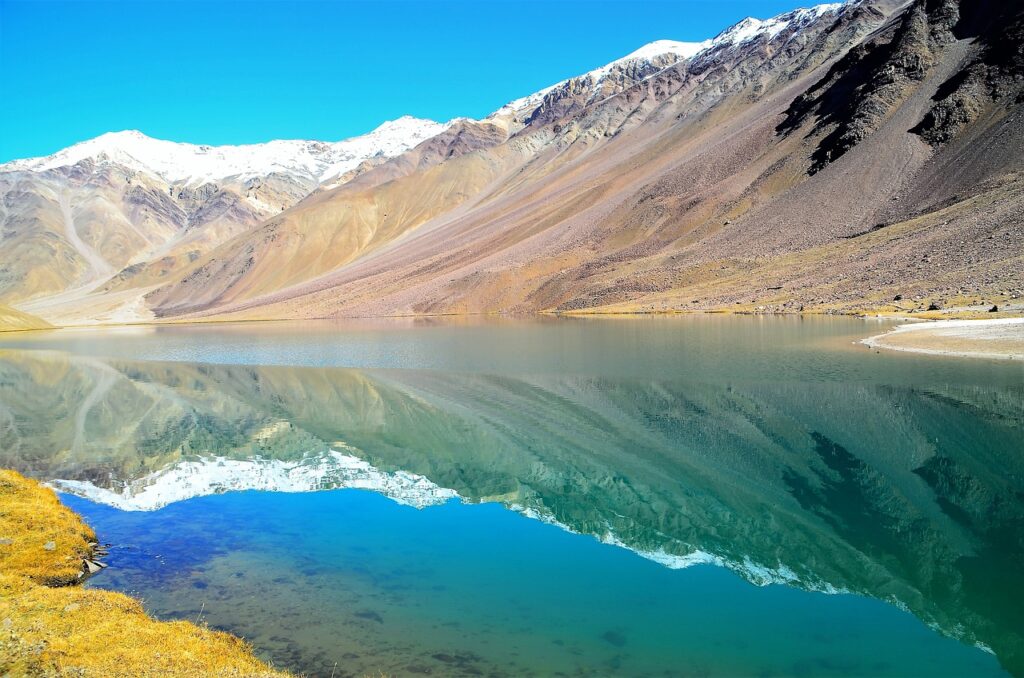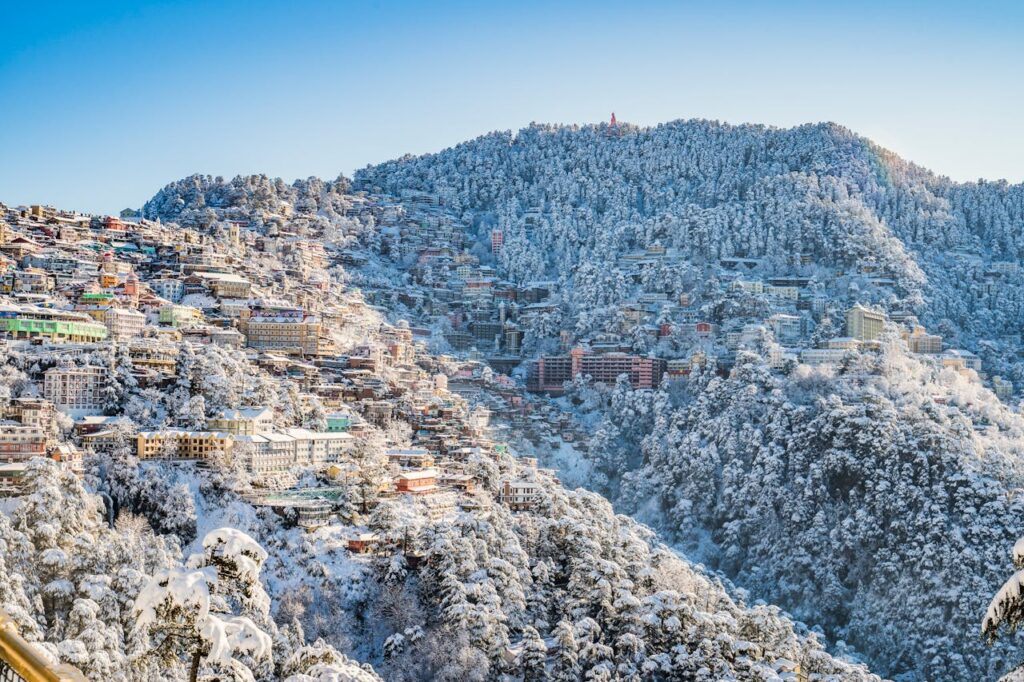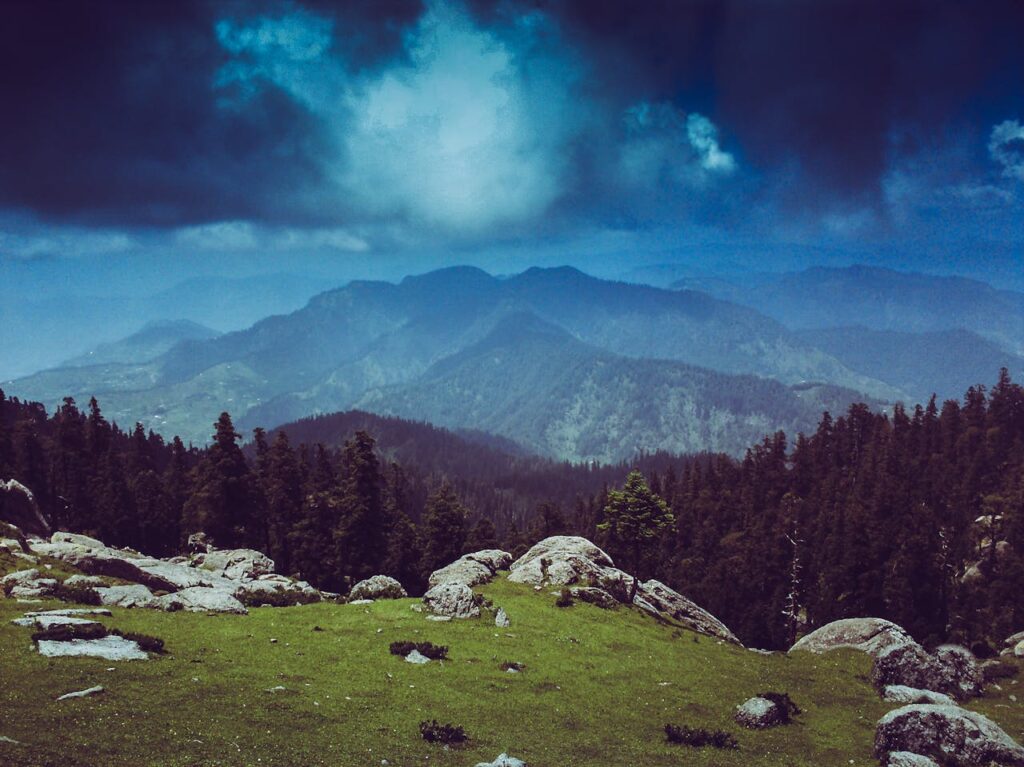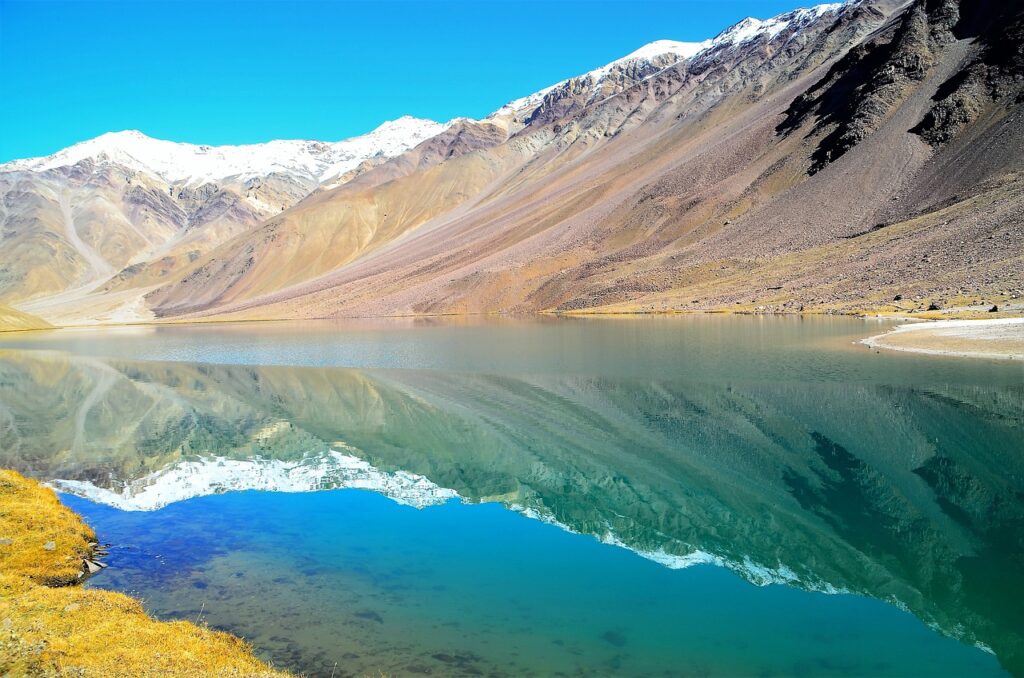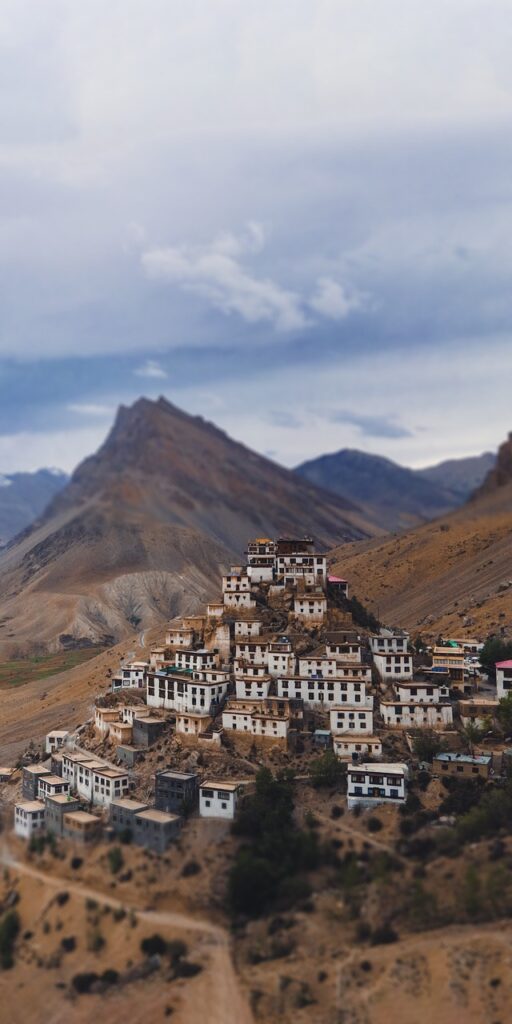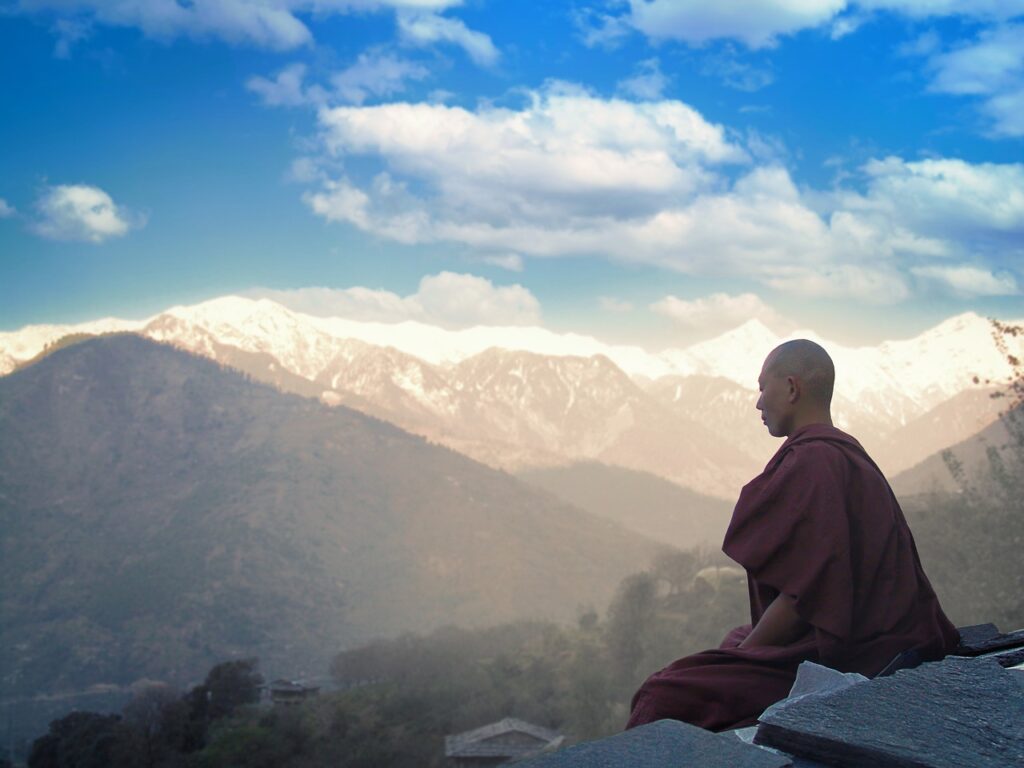East Siang, located in Arunachal Pradesh, is a district known for its scenic beauty, vibrant culture, and rich history. The district offers a variety of attractions, from natural landscapes to cultural and historical sites. Here are some of the best places to visit in East Siang:
Top Places to Visit in East Siang
1. Pasighat
Pasighat is the district headquarters of East Siang and is the oldest town in Arunachal Pradesh. It is known for its picturesque landscapes, cultural heritage, and adventure opportunities.
- Key Attractions: Siang River, Daying Ering Wildlife Sanctuary, and Pasighat Buddhist Temple.
- Activities: River rafting, bird watching, exploring local markets, and visiting historical sites.
- Location: Central part of East Siang district.
2. Daying Ering Wildlife Sanctuary
Daying Ering Wildlife Sanctuary is a biodiversity hotspot located near Pasighat. It is home to various species of animals and birds, including elephants, tigers, deer, and migratory birds.
- Visiting Time: Open all day.
- Activities: Wildlife spotting, bird watching, and nature walks.
- Location: About 13 km from Pasighat.
3. Siang River
The Siang River, a major tributary of the Brahmaputra River, is known for its clear waters and scenic beauty. It offers opportunities for various water-based activities and is a popular spot for river rafting.
- Visiting Time: Open all day.
- Activities: River rafting, fishing, and enjoying the river scenery.
- Location: Flows through various parts of East Siang.
4. Pangin
Pangin is a picturesque village known for its scenic landscapes and the confluence of the Siang and Siyom rivers. It is a great place to experience the natural beauty and tranquility of the region.
- Visiting Time: Open all day.
- Activities: Exploring the village, photography, and enjoying the river views.
- Location: About 60 km from Pasighat.
5. Komsing
Komsing is a historical village where a memorial stone stands in honor of Noel Williamson, a British political officer who was assassinated here in 1911. The village offers a glimpse into the region’s history and culture.
- Visiting Time: Open all day.
- Activities: Exploring the village, visiting the memorial, and learning about the history.
- Location: Near Pasighat.
6. Boleng
Boleng is known for its stunning landscapes and traditional Adi tribal culture. The town offers a peaceful environment and a chance to learn about local customs and traditions.
- Visiting Time: Open all day.
- Activities: Interacting with locals, exploring traditional villages, and enjoying the scenic views.
- Location: About 100 km from Pasighat.
7. Ranaghat
Ranaghat is a popular picnic spot near Pasighat, known for its beautiful views of the Siang River. It is a great place to relax and enjoy the natural surroundings.
- Visiting Time: Open all day.
- Activities: Picnicking, photography, and enjoying the scenic views.
- Location: Near Pasighat.
8. Yagrung
Yagrung is a scenic village known for its lush green landscapes and traditional Adi culture. It is an ideal destination for those looking to experience the local way of life.
- Visiting Time: Open all day.
- Activities: Exploring the village, interacting with locals, and enjoying the natural beauty.
- Location: Near Pasighat.
9. Mebo
Mebo is a serene town known for its beautiful landscapes and vibrant culture. It offers a peaceful retreat and an opportunity to learn about the local customs and traditions.
- Visiting Time: Open all day.
- Activities: Exploring the town, interacting with locals, and enjoying the scenic views.
- Location: Near Pasighat.
10. Kekar Monying
Kekar Monying is a historical site known for its significance during the Anglo-Abor Wars. It is a great place to learn about the history of the region and enjoy the scenic views.
- Visiting Time: Open all day.
- Activities: Exploring the historical site, learning about the history, and photography.
- Location: Near Pasighat.
Summary Table
| Place | Description | Key Attraction | Distance from Pasighat |
|---|---|---|---|
| Pasighat | District headquarters with scenic landscapes | Siang River, Daying Ering Wildlife Sanctuary | Central location |
| Daying Ering Wildlife Sanctuary | Biodiversity hotspot with rich flora and fauna | Wildlife spotting and bird watching | 13 km |
| Siang River | Major river with clear waters | River rafting and fishing | Flows through district |
| Pangin | Picturesque village with river confluence | Exploring village and river views | 60 km |
| Komsing | Historical village with memorial stone | Exploring village and learning history | Near Pasighat |
| Boleng | Stunning landscapes and traditional Adi culture | Interacting with locals and scenic views | 100 km |
| Ranaghat | Popular picnic spot with beautiful views | Picnicking and photography | Near Pasighat |
| Yagrung | Scenic village with traditional Adi culture | Exploring village and natural beauty | Near Pasighat |
| Mebo | Serene town with vibrant culture | Exploring town and scenic views | Near Pasighat |
| Kekar Monying | Historical site with significance | Exploring historical site and photography | Near Pasighat |
How to Reach East Siang
By Flight
The nearest airport to East Siang is Dibrugarh Airport in Assam, which is about 160 km from Pasighat. From the airport, you can hire a taxi or take a bus to reach Pasighat and other parts of East Siang.
By Train
The nearest railway station is Murkongselek Railway Station in Assam, located about 35 km from Pasighat. From there, you can hire a taxi or take a bus to reach East Siang.
By Road
East Siang is well-connected by road. You can reach Pasighat and other towns by bus or car from Itanagar, North Lakhimpur, and other nearby cities. The roads are generally well-maintained, but it’s advisable to check road conditions during the monsoon season.
Best Time to Visit East Siang
The best time to visit East Siang is from October to April when the weather is pleasant and ideal for sightseeing and outdoor activities. The winter months (November to February) can be quite cold, especially in higher altitudes, so it’s advisable to carry warm clothing. The monsoon season (June to September) brings heavy rainfall, which can affect travel plans due to landslides and slippery roads.

